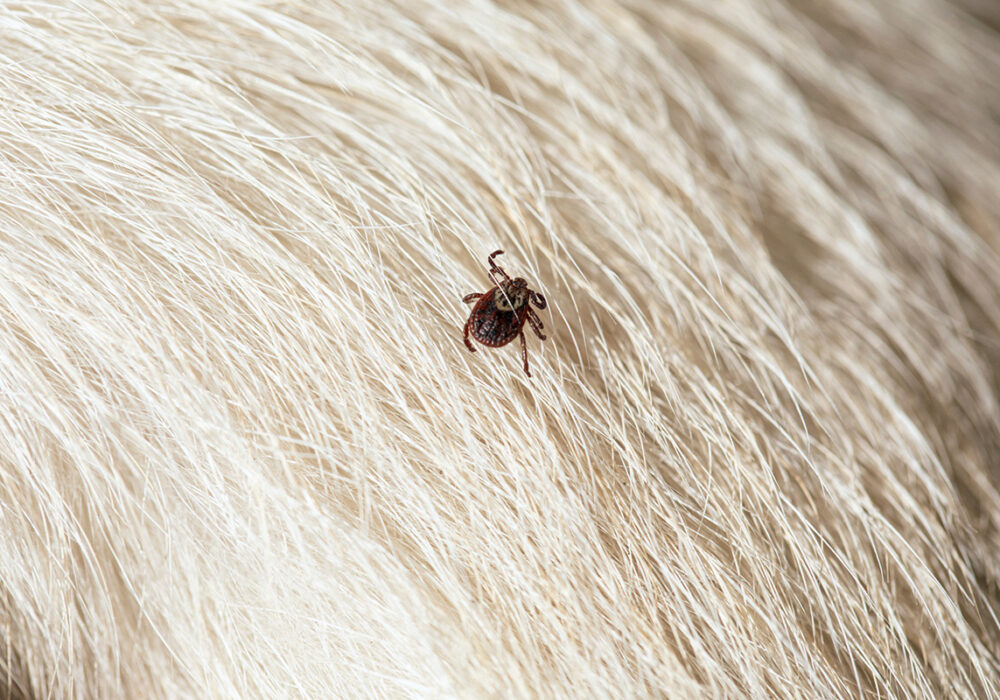Fast, Effective Flea & Tick Control for Your Home
Fleas and ticks are more than just a nuisance—they pose serious health risks to both pets and people. Fleas can cause severe itching, hair loss, and allergic reactions, while ticks can spread dangerous diseases like Lyme disease and Rocky Mountain spotted fever.
At Berner Pest Solutions, we provide expert flea control in Lexington, KY, along with tick prevention services to protect your home, pets, and family. Whether you’re dealing with an active infestation or looking for preventative treatment, we’re here to help.


Understanding Fleas: Behavior & Treatment Strategy
Fleas are small, blood-sucking parasites that infest dogs, cats, and other animals. Once inside your home, they can multiply rapidly, making them difficult to control without professional treatment.
🔹 How Flea Infestations Develop
Fleas go through four life stages: egg, larva, pupa, and adult. Female fleas lay eggs on their host, but these eggs quickly fall into carpets, furniture, and pet bedding, where they hatch and develop. The pupal stage can remain dormant for months, meaning infestations can resurface unexpectedly—especially in homes that have been vacant.
🔹 Why DIY Treatments Often Fail
While pet medications help control fleas on your animals, they do not eliminate the infestation inside your home. Vacuuming, washing bedding, and over-the-counter sprays can help but are often not enough to break the flea life cycle. That’s where professional flea control treatments come in.
Berner's Flea Control Strategy in Lexington, KY
At Berner Pest Solutions, we use a comprehensive, science-backed approach to eliminate fleas and prevent future infestations.
- Initial Flea Treatment – Targets adult fleas and larvae inside your home.
- Follow-Up Treatment (7-10 Days Later) – Addresses newly emerged adult fleas after the pupal window, ensuring complete elimination.
- Outdoor Flea Treatments – Shrub beds, foliage, and pet resting areas are treated to prevent fleas from re-entering your home.
📞 Contact us today for a free quote on flea control in Lexington, KY!
Tick Control in Lexington, KY
Ticks are blood-feeding arachnids (related to spiders) that can spread serious diseases to pets and humans. In Kentucky, the most common ticks include:
- American Dog Tick – Known for spreading Rocky Mountain spotted fever.
- Lone Star Tick – Can cause Alpha-Gal Syndrome (red meat allergy).
- Blacklegged Tick (Deer Tick) – Increasingly common in Kentucky, known for transmitting Lyme disease.
Where Do Ticks Hide?
Berner’s Tick Control Strategy
- Treating Tick Habitats – Shrub beds, wooded areas, and tall grass where ticks are most active.
- Seasonal Applications – During peak tick season to reduce populations before they become a problem.
- Preventative Tick Control – Ideal for families and pet owners looking to avoid tick bites before they happen.
📞 Request a free quote today for tick control in Lexington, KY!



